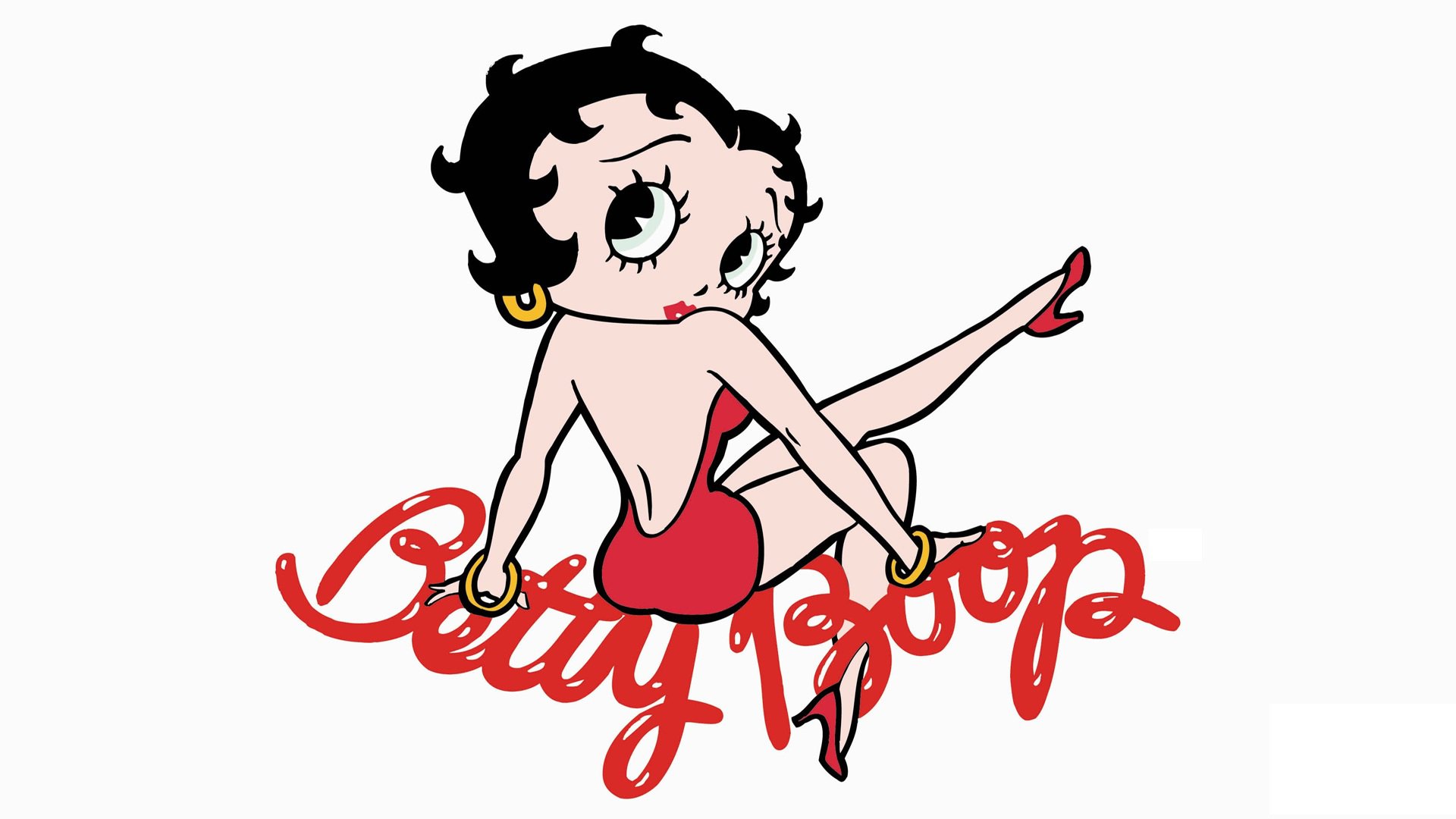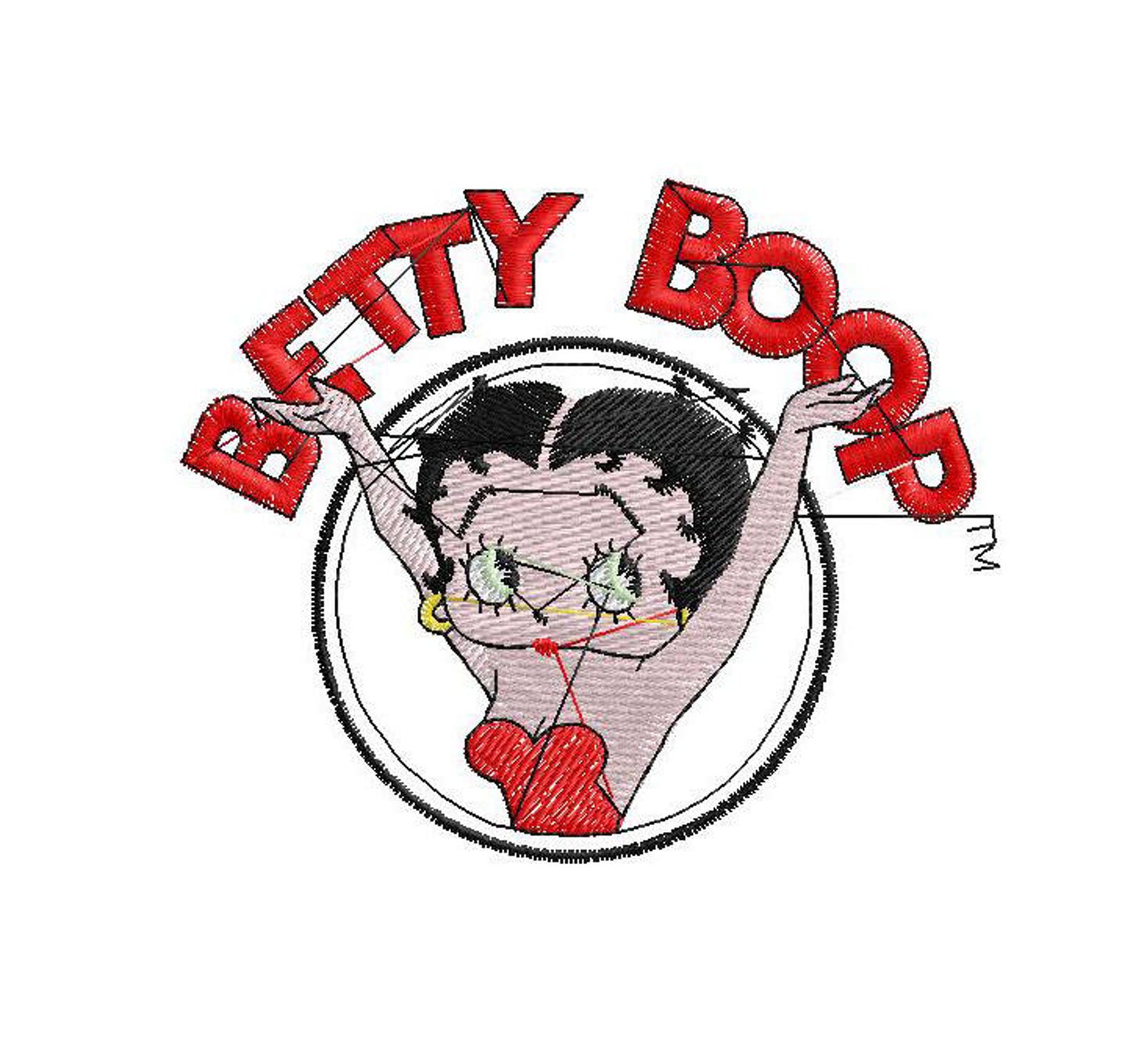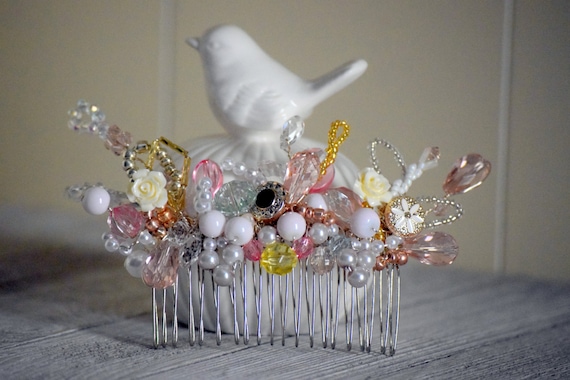Table Of Content
- Camouflage woman 20 oz skinny tumbler Army designer bag straight 20oz design Betty Download sublimation PNG download
- Photos: BOOP! The Betty Boop Musical in Chicago
- Betty Boop Biker Betty Women's T-Shirt
- The History of Knickerbocker Toy Company A Journey Through Iconic Toys
- African American, Betty, Boop, Fashionista, parody, 2 options embroidery design to the direct download.

Betty Boop was the subject of additional publicity in 1934 when Helen Kane launched a major lawsuit against Max Fleischer and Paramount Studios for the “deliberate caricature” that produced “unfair competition” that exploited her personality and image. While Miss Kane had risen to fame in the 1920s as “The Boop-Oop-A-Doop Girl” star of stage, recordings, and films for Paramount, her career was over by 1930. Interestingly, Paramount promoted the development of Betty Boop following Miss Kane’s decline. As Miss Kane’s claims seemed on the surface to be valid, it was proven that her appearance was not unique in that she and the Betty Boop character bore a resemblance to Clara Bow, another major star of Paramount. But the largest evidence against Miss Kane’s case was her claims to the origins of her singing style.
Camouflage woman 20 oz skinny tumbler Army designer bag straight 20oz design Betty Download sublimation PNG download
Troy company's big break came after Apple Watch debut - Detroit Free Press
Troy company's big break came after Apple Watch debut.
Posted: Thu, 16 Mar 2023 07:00:00 GMT [source]
It was Natwick who transformed Betty from an awkward puppy dog into the first and only female animated movie star. The annual events include animation demonstrations, motorcycle shows, a Betty look-alike contest, and, of course, a Betty Boop film festival. Olive Films retains the home video rights to the cartoon, while Trifecta retains the television rights. Vintage Betty Boop items can fetch hundreds of dollars on auction sites, and there are various festivals and cosplay conventions that celebrate the cartoon character. Although it has been assumed that Betty’s first name was established in the 1931 Screen Songs cartoon Betty Co-ed, this “Betty” was, an entirely different character. Though the song may have led to Betty’s eventual christening, any references to Betty Co-ed as a Betty Boop vehicle are incorrect.
The Origin Of The Ghostface Mask In Scream Is Delightfully Mundane - SlashFilm
The Origin Of The Ghostface Mask In Scream Is Delightfully Mundane.
Posted: Mon, 30 Jan 2023 08:00:00 GMT [source]
Photos: BOOP! The Betty Boop Musical in Chicago
Her popularity was drawn largely from adult audiences, and the cartoons, while seemingly surreal, contained many sexual and psychological elements, particularly in the 1932 "Talkartoon" Minnie the Moocher (1932), featuring Cab Calloway and his orchestra. As new color cartoons made specifically for television began to appear in the 1960s, the original black-and-white cartoons were retired. Boop's film career had a revival with the release of The Betty Boop Scandals of 1974, becoming a part of the post-1960s counterculture. NTA attempted to capitalize on this with a new syndication package, but because no market existed for cartoons in black and white, they sent them to South Korea, where the cartoons were hand-traced frame-by-frame in color, resulting in the degradation of the animation quality and timing.

Betty Boop Biker Betty Women's T-Shirt
As History reports, "the press had a field day with the concept of a performer attempting to protect her popular 'boops.'" The Fleischers were not impressed and fought back. Besides testimony from the women who had voiced Boop for the cartoons, other performers testified as well. Fleischer Studios was on the cutting edge of sound as well as animation, and their Betty cartoons featured many leading vocalists and musicians of the time, including Ethel Merman, Rudy Vallee, and Don Redman. Fleischer particularly tapped in to jazz, and Betty performed alongside jazz legends like Cab Calloway and Louis Armstrong. The New York Times called her “the most menacing of the baby-talk ladies”—a reference to a vaudeville phenomenon also used by performers like Fanny Brice and Irene Franklin. Two years before Betty Boop’s debut, Kane had skyrocketed to fame with the song “That’s My Weakness Now,” which used the phrase “boop-boop-a-doop” as shorthand for sex.
Her 1920s-speakeasy vibe begat the Old Hollywood look of the 1940s, which begat 1950s red-lips-and-fingertips and cat-eye flicks, which begat the glamour revival of the 1980s, and, in the new millennium, Bambi-lashes, felt-tip liquid liners, and, yes, bright red lipsticks. Just check out this smattering of trendsetters who have bitten Betty Boop’s style for proof that no one—and we mean no one—will ever take her boop-oop-a-doop away. Very little is known about Esther Jones’s life, or her death, after the infamous Betty Boop trial. Many photos alleged to be of “Baby Esther” were actually of other performers named Esther, and “Baby Esther” is most commonly confused with jazz singer Little Esther Phillips. Wikimedia CommonsThough she was the original Betty Boop, Black vaudeville singer “Baby” Esther Lee Jones received no credit or compensation for inspiring the iconic cartoon character. And as the cartoon became wildly successful, Kane felt slighted by the “Boop, Boop-A-Doop” — and without a shred of self-awareness or irony, proceeded to file a $250,000 lawsuit against Max Fleischer, Betty Boop’s creator, just two years after the cartoon vixen debuted on the big screen.
From its home in California, Disney was laying the groundwork for the idyllic, fantastical fairy tales that would soon dominate its oeuvre. In New York, meanwhile, Fleischer created a grungy, often dangerous urban world for its characters to navigate. Betty appeared in the first "Color Classic" cartoon Poor Cinderella, her only theatrical color appearance in 1934.
Lauren Sanchez's Style Evolution Through the Years: Jeff Bezos'…
Other female cartoon characters of the same period, such as Minnie Mouse, displayed their underwear or bloomers regularly, in the style of childish or comical characters, not a fully defined woman's form. Many other female cartoons were merely clones of their male co-stars, with alterations in costume, the addition of eyelashes, and a female voice. Betty Boop wore short dresses, high heels, a garter, and her breasts were highlighted with a low, contoured bodice that showed cleavage. In her cartoons, male characters frequently try to sneak a peek at her while she is changing or simply going about her business. In Betty Boop's Bamboo Isle, she does the hula wearing nothing but a lei, strategically placed to cover her breasts, and a grass skirt.
The History of Knickerbocker Toy Company A Journey Through Iconic Toys
After Betty’s image was tamed by the onset of the Production Code in 1934, her popularity declined and the series was discontinued in 1939. Her floppy poodle ears became hoop earrings, and her black poodle nose became a girl’s button-like nose. Betty appeared in ten cartoons as a supporting character, a flapper girl with more heart than brains. In individual cartoons she was called “Nancy Lee” and “Nan McGrew”, usually served as a girlfriend to studio star Bimbo. In April 1934, Helen Kane, whose popularity had waned since her debut in 1929, filed suit against Max Fleischer, Fleischer Studios and Paramount Pictures for $250,000.
African American, Betty, Boop, Fashionista, parody, 2 options embroidery design to the direct download.
While an outgrowth of Jazz “scat singing,” testimony revealed that Miss Kane had witnessed a black performer, “Baby Esther” using a similar characterization in an act at the famous Cotton Club nightclub in Harlem some years earlier. An early test sound film was discovered of Baby Esther performing in this style, disproving Miss Kane’s claims. Betty's FriendsIn 1932 Betty took over as the Fleischer star, and Bimbo was relegated to the role of her companion. He didn't seem to mind, even when she stopped being a dog and became human. Other regular co-stars included Ko-Ko the clown, who had been retired for some years from his previous cartoon series, and Pudgy, her faithful puppy companion (created by Myron Waldman).

That's a shame, because they were producing short animated movies from New York when Walt was still living in Kansas City. According to Encyclopedia Britannica, Max was the producer and the inventor, Dave the director. One of their signature developments was the rotoscope, a process that allowed live-action film footage to be traced and turned into an animated cartoon, as Infoplease tells us. In over 100 Fleischer animations, she went from batting her eyelashes and giggling girlishly to flying airplanes and taming lions. She kept audiences on the edge of their seats, whether they were watching her plunging necklines or plucky attitude.
The enduring image of Betty is a flapper in a strapless minidress, with a garter peeking out above her knee and large hoop earrings in her ears. Beneath that iconic look, however, is a more complex story of aesthetic transformation, from what Heather Hendershot, a media historian at MIT, describes as a “flapper-secretary-adventurer” in the early 1930s to a “middle-class homemaker” by the end of the decade. Betty’s appearance continues to evolve today, with the character donning ripped jeans, joggers and sneakers, and overalls in merchandise and on social media.
Due to a combination of policies affected by the Production Code and also changes in the content of Paramount’s films also affected Betty’s later appearances. While her later cartoons were more slick and consistently produced, they relied heavily on self-consciously cute and moralistic preaching, making Betty more of a “good citizen” maiden aunt spinster separated from any references to sexuality, and innocent girlishness. Oddly, Betty became a secondary character in her own cartoons, which began to center on the adventures of her pet dog, Pudgy, and the eccentric inventor, Grampy, who bore an interesting resemblance to Koko the Clown. Though the flapper age was over by the time Betty Boop took to the screen, she was beloved by Depression-era audiences. “The public embraced her because [she] reminded them of the carefree days of the 1920s,” says Pointer.
This was repeated in her first cameo appearance in Popeye the Sailor (1933). She was drawn with a head more similar to a baby's than an adult's in proportion to her body. This suggested the combination of girlishness and maturity that many people saw in the flapper type, which Betty represented.


No comments:
Post a Comment